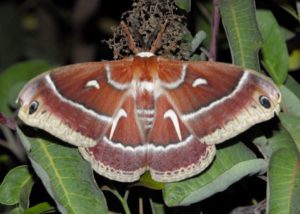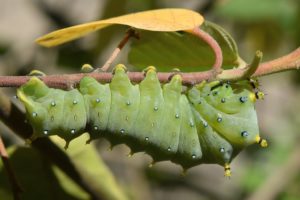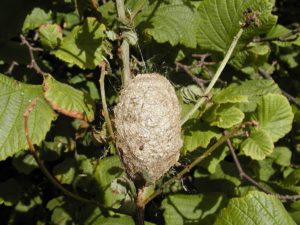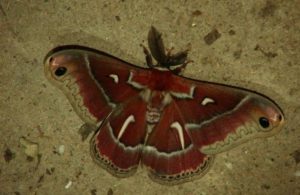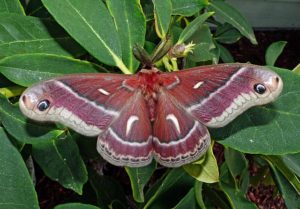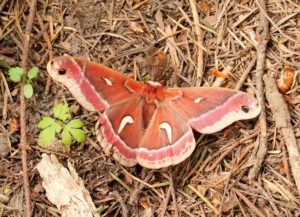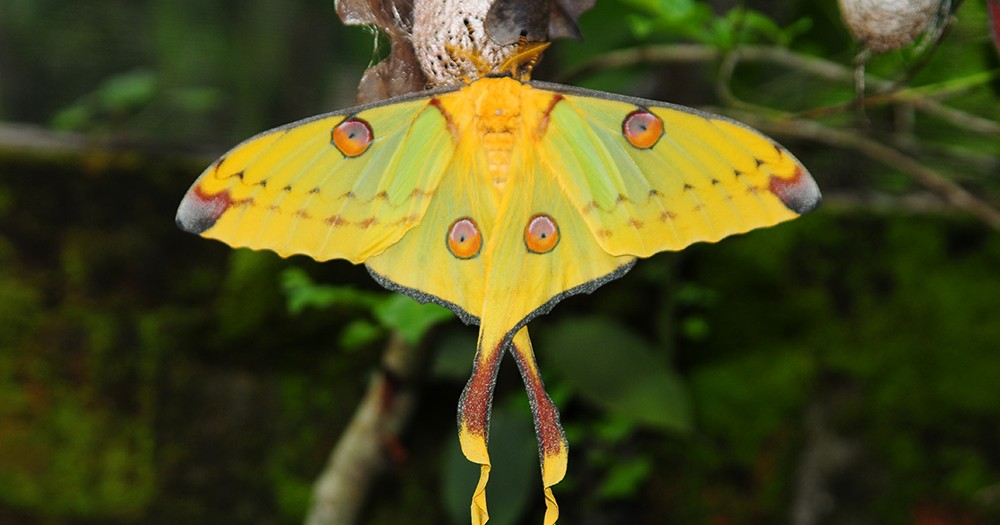Ceanothus Silk Moth (Hyalophora euryalus)
The Ceanothus Silk Moth is a member of the family of saturniid moths. They are found in North America in dry and temperate parts of the continent.
nathistoc.bio.uci.edu
Scientific Classification
- Family: Saturniidae
- Genus: Hyalophora
- Scientific Name: Hyalophora euryalus
Description and Identification
Adult Moth
Sexual Dimorphism: Present. The antennae of the male is more feathery than the female, while the abdomen of the female is larger than the male.
Color and Appearance
Forewing: When the wings are opened, they are red to brownish red. When the wings are closed, the areas outside the thin white postmedian lines are also red to brownish red, but with black over scaling.
Hindwing: When the wings are opened, they show similar coloration to the forewing. A white discal spot shaped like a comma can be seen on the wing. When the wings are closed, the comma like spot remains visible.
Average wingspan: 8.9 – 12.7 cm
Flight pattern: Erratic
Season: January to July
Quick Facts
| Other names | Robin moth |
| Distribution | North America, ranging from British Columbia to western Montana, south through west coast states to Baja California. |
| Habitat | Chaparral forests, coastal areas, conifer forests, and intermontane valleys |
| Lifespan of Adults | 7 days |
| Predators | Birds like jays and woodpeckers, deer mice and other rodents, and some parasitoid flies |
| Host Plants | Alder, buckbrush, gooseberry, madrone, manzanita, mountain mahogany, and willow |
| Adult Diet | Does not feed |
Scientific Classification
- Family: Saturniidae
- Genus: Hyalophora
- Scientific Name: Hyalophora euryalus

